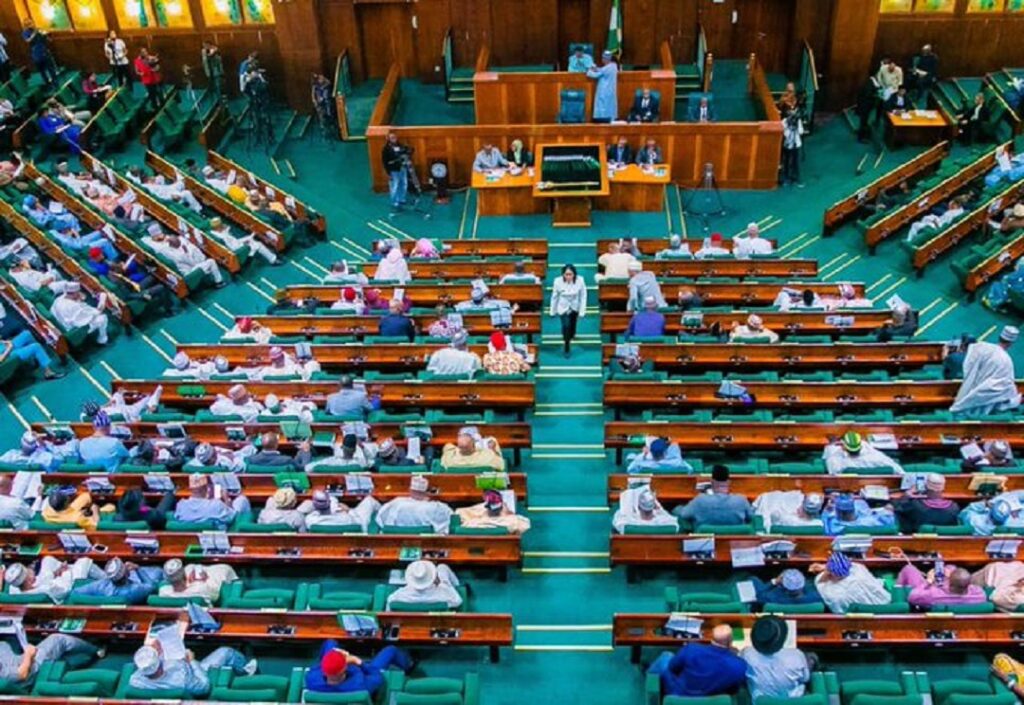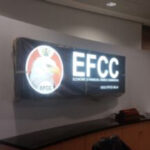
At the ongoing trial of former Central Bank of Nigeria (CBN) governor, Godwin Emefiele, at the Federal Capital Territory (FCT) High Court, Abuja, a witness revealed that there were deviations in the naira redesign project by the last administration.
A former Director of Currency Operations at the CBN, Ahmed Umar, yesterday, told the court that the currency notes minted were different from the design approved by former President Muhammadu Buhari.
Led by the prosecuting counsel, Rotimi Oyedepo, of the Economic and Financial Crimes Commission (EFCC), Umar explained that Buhari’s approved design included specific features, such as a QR code and the portrait positioned on the right.
However, the notes implemented under Emefiele’s direction did not include these elements, featuring a different numbering style.
Also, he said the President’s approval was for the redesign of naira notes to be locally produced.
Under cross-examination by Mahmoud Magaji, counsel to Emefiele, the witness admitted that Buhari approved the naira redesign project.
He also admitted that the former President, on December 29, 2022, publicly launched the re-designed naira currency for the use of Nigerians as legal tender.
The witness also admitted that the re-designed currency has his signature as Director of Currency Operations, adding that no currency becomes legal tender without his signature.
Another witness, the Managing Director of the Nigerian Security Printing and Minting Company, Ahmed, revealed that in October 2022, the former CBN governor informed him of the presidential approval for the redesign of the N200, N500 and N1,000 notes, emphasising the necessity of local production to align with domestic capabilities.
He said that during a meeting at the CBN governor’s office, Halilu was given a preliminary paper design of the new notes.
He suggested that his team review the design and return with a proposal, highlighting significant changes needed at the substrate and printing levels, such as the numbering system, QR codes and watermark positioning.













